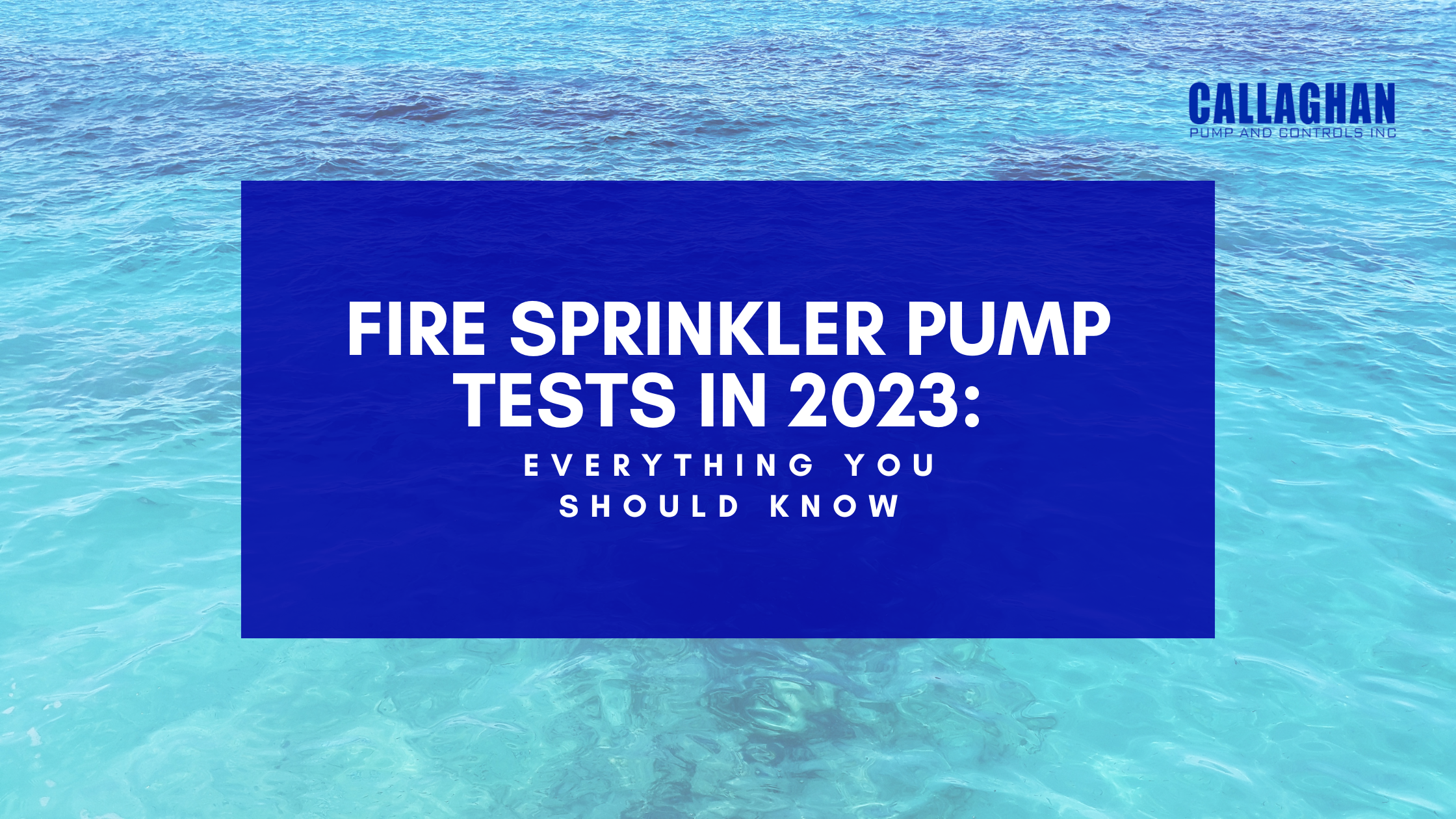
February 13th, 2023
Also known as fire pumps, fire sprinkler pump systems are installed to increase and regulate the water pressure in standpipe lines, risers, valves, and sprinklers. They allow building occupants and emergency personnel to extinguish, suppress, or contain the spread of fire. Hydraulic calculations are carried out to ensure the water pressure is set at the proper psi.
A typical fire pump installation includes controllers, drivers, jockey pumps, and accessories. You can install a fire pump both vertically or horizontally, depending on your requirement and space. In addition to that, fire pump motors are usually powered by electricity or diesel.
All New York City fire pumps require service, maintenance, tests, and inspections to ensure the system will be readily available for operation when a fire breaks out. So, make sure the installation complies with fire codes that include state regulations, manufacturer specifications, and NFPA standards.
When it comes to fire pump testing, there is an array of tests you will need to carry out on a daily, weekly, monthly, and annual basis. While daily and weekly inspections are mostly about visual inspections, monthly and annual tests follow a technical approach. Let’s have a quick look at these tests.
NFPA25 requires monthly non-flow testing of New York City fire pumps, which is known as the “churn” test. In this test, you will need to look at the supply water gauge that is going to the pump and the water gauge on the system side of the pump.
A good rule of thumb is that 5 psi is required to lift water per floor. Also, look for leaks, noises, and vibrations that are possible tell-tales of trouble. Record this information on the pump record sheet. The monthly churn test should be carried out as follows:
NFPA25 requires a yearly test to record performance readings at no flow, 100% of rated flow, and 150% of rated flow. Yearly flow tests are typically performed by qualified personnel who have a better understanding of the fire pump maintenance and operation.
The personnel measures the rpm of the electric motor and looks at the rotation of the motor to ensure that it’s not turning the wrong way. He or she measures the electrical amps and collects all the data for entry on a spreadsheet.
NFPA25 also requires the water flow test to be performed quarterly to ensure water flow detecting devices are working smoothly when it comes to operating a fire sprinkler pump. It depends on what type of alarm device your fire protection system has.
To successfully perform the water flow test, notify the fire department if connected to a central alarm. You should locate the inspector’s test valve and open it so the valve is in line with the piping. Allow the water to flow for about one minute or until the alarm starts to sound. If connected to the fire department, call to verify that the signal was received.
This test is further divided into two parts: Partial trip test and full trip test. The partial dry pipe valve trip test is performed annually. During the test, the control valve is partially opened so that no water is released. The system will trip in under one minute. After the test is done, low points are drained, and the valve is reset.
The other test is a full-flow trip test, which is required by NFPA25 to be performed every 3 years. During the test, the control valve is completely opened so that water can flow. The system should be tripped in under one minute. Once done, low points are drained, and the valve is reset.
So, these are the most basic yet essential fire sprinkler pump tests you should know about. We hope this information will be enough to give you an idea about fire pump inspection and testing. If you have any questions, you can get in touch with one of us. We would be happy to provide you with the best information possible.
john@callaghanpump.com,
eileen@callaghanpump.com,
dan@callaghanpump.com,
sales@callaghanpump.com,
service@callaghanpump.com












